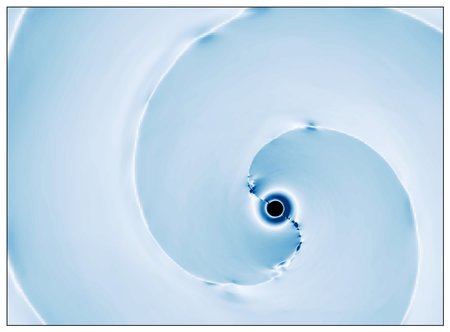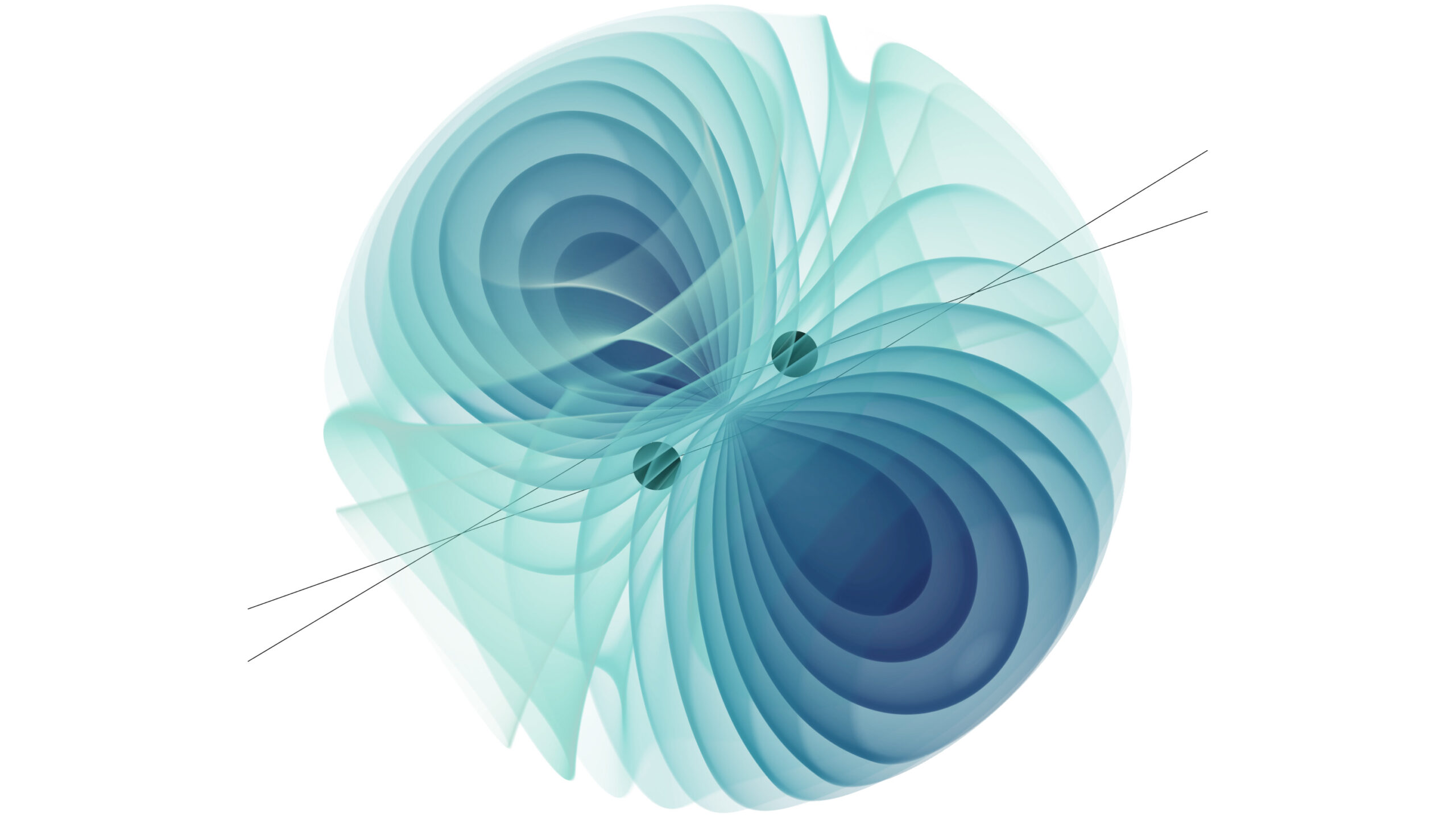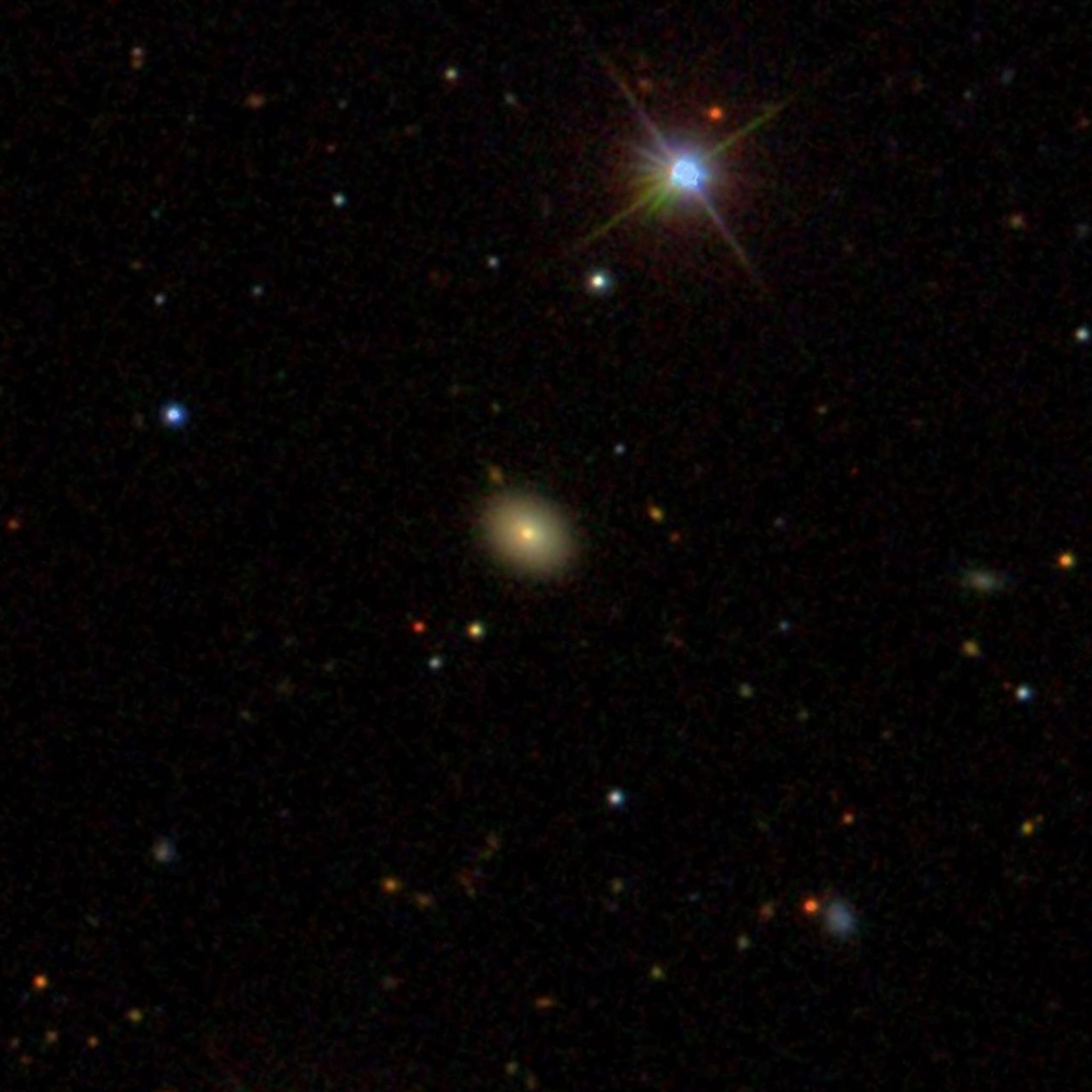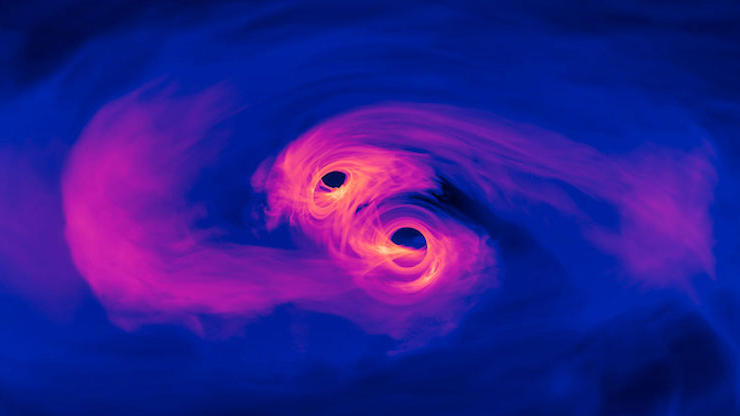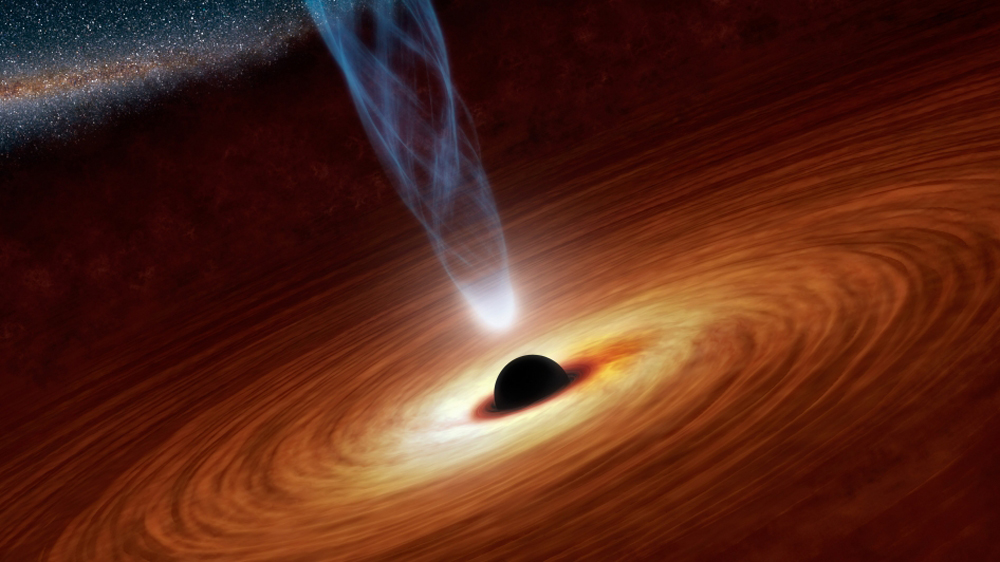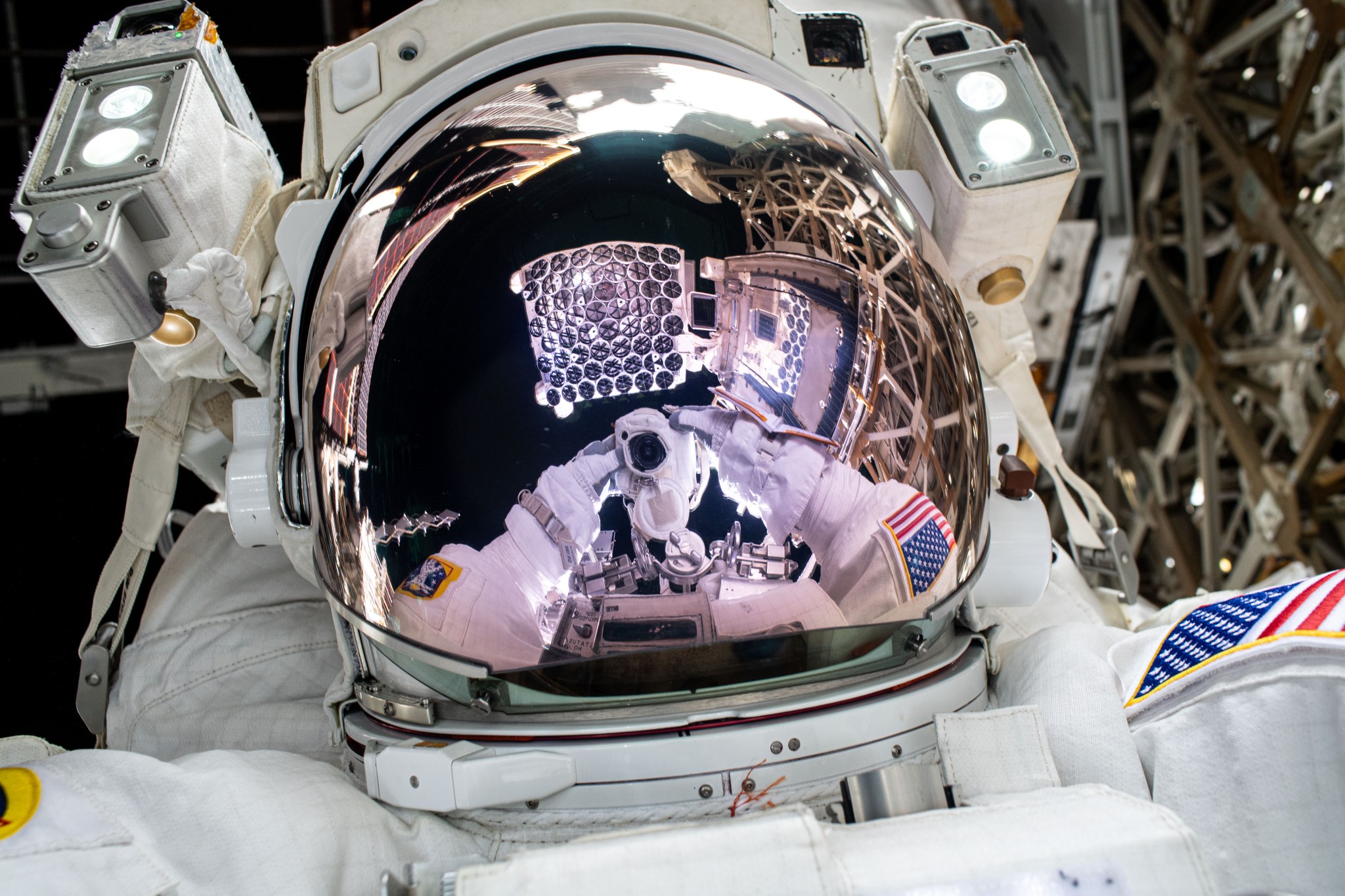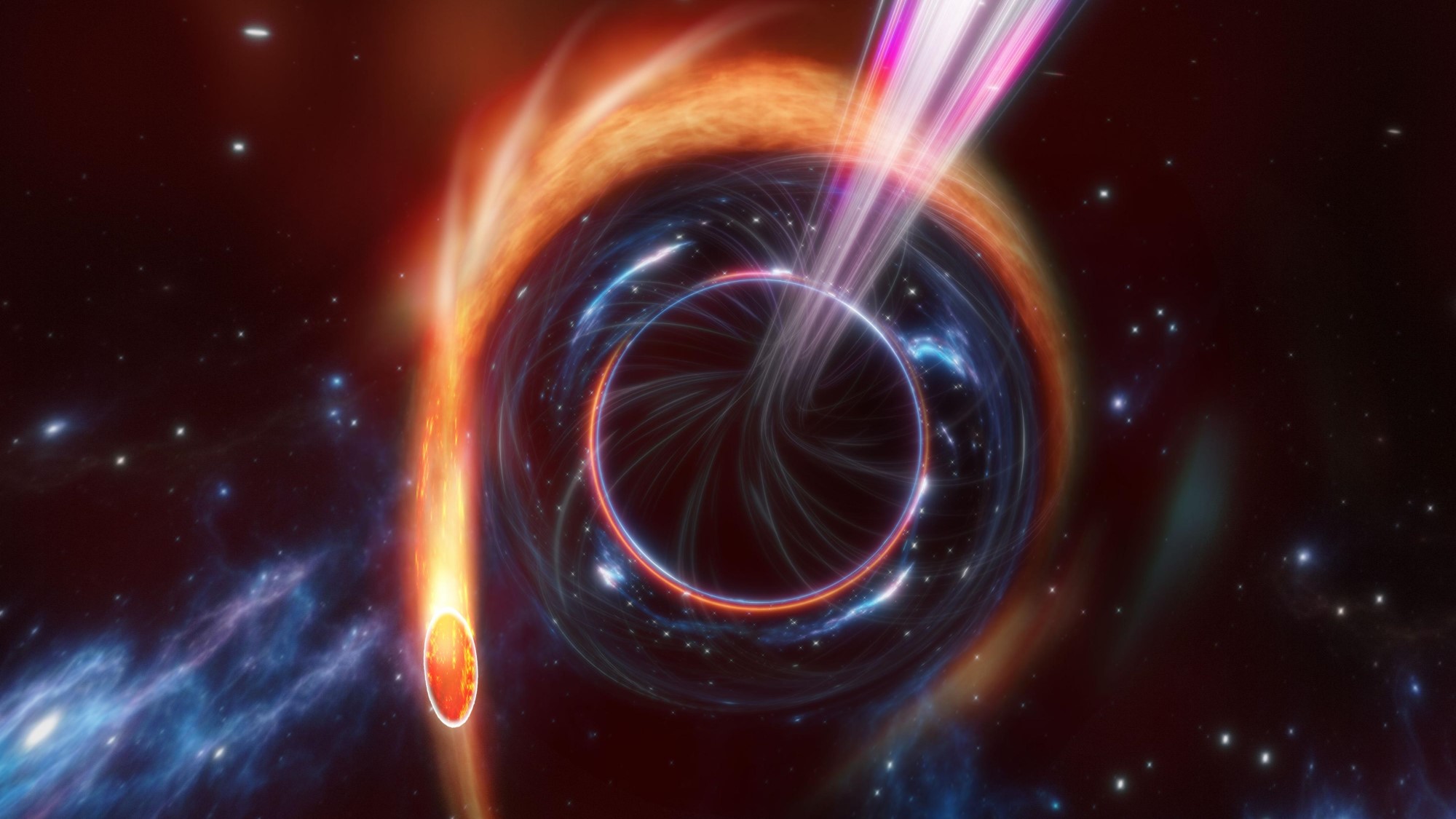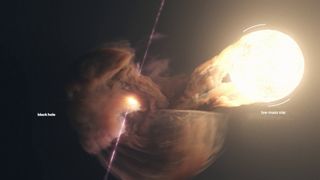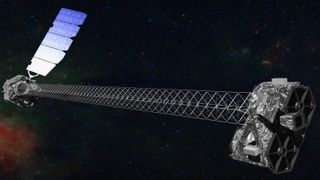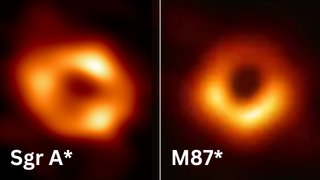The universe is full of spectacular and violent events, but few are more dramatic than a black hole tearing apart a star. Now, thanks to advanced computer simulations, scientists have gotten their closest look yet at what this cosmic catastrophe might actually look — and even sound — like. A team of astronomers, led by theoretical astrophysicist Elias Most of the California Institute of Technology (Caltech), modeled the dramatic final milliseconds before a neutron star, the incredibly dense core left behind by a massive stellar explosion, is devoured by a…
Read MoreTag: Black Holes
Black hole dance illuminates hidden math of the universe
Scientists have made the most accurate predictions yet of the elusive space-time disturbances caused when two black holes fly closely past each other. The new findings, published Wednesday (May 14) in the journal Nature, show that abstract mathematical concepts from theoretical physics have practical use in modeling space-time ripples, paving the way for more precise models to interpret observational data. Gravitational waves are distortions in the fabric of space-time caused by the motion of massive objects like black holes or neutron stars. First predicted in Albert Einstein’s theory of general…
Read MoreNASA’s NICER Maps Debris From Recurring Cosmic Crashes
5 min read NASA’s NICER Maps Debris From Recurring Cosmic Crashes Lee esta nota de prensa en español aquí. For the first time, astronomers have probed the physical environment of repeating X-ray outbursts near monster black holes thanks to data from NASA’s NICER (Neutron star Interior Composition Explorer) and other missions. Scientists have only recently encountered this class of X-ray flares, called QPEs, or quasi-periodic eruptions. A system astronomers have nicknamed Ansky is the eighth QPE source discovered, and it produces the most energetic outbursts seen to date. Ansky also…
Read MoreWhat can ripples in spacetime reveal about black holes? Quite a bit, it turns out
Cosmic echoes from some of the universe’s most violent collisions are far more nuanced than scientists had realized, according to new research. Like the lingering chime of a struck bell, tiny ripples in the fabric of spacetime are created when massive objects like black holes spiral toward each other and merge into a single, larger black hole. These ripples are known as “gravitational waves,” and astronomers rely on theoretical models to decode the waves’ faint signals, both in the final moments leading up to the merger and in the aftermath.…
Read MoreUltralight dark matter may have helped monstrous black holes form in the early universe
Dark matter may have contributed to the formation of giant black holes in the early universe, researchers propose in a new paper. More observations, especially with the James Webb Space Telescope, are revealing truly gigantic black holes that appeared in the relatively young universe. Just a few hundred million years after the Big Bang, it would appear our cosmos was already home to black holes billions of times more massive than the sun. The only known way to create black holes is through the deaths of massive stars, but that…
Read MoreNICER Status Updates
April 17, 2025 Following Repair, NASA’s NICER Improves Daytime Measurements A NASA X-ray telescope on the International Space Station called NICER, or Neutron star Interior Composition Explorer, has regained additional daytime observation capabilities thanks to repairs completed during a spacewalk and a reconfiguration of its detectors. In May 2023, NICER developed a light leak in which unwanted sunlight began entering the instrument. Photos taken from inside the space station revealed several small areas of damage to the telescope’s thin thermal shields, which block sunlight while allowing X-rays through to the…
Read MoreNASA spacecraft spots monster black hole bursting with X-rays ‘releasing a hundred times more energy than we have seen elsewhere’
We’ve all woken up in a terrible mood from time to time, but a newly observed monster black hole is really having a bad day. The previously inactive supermassive black hole at the heart of the galaxy SDSS1335+0728, located about 300 million light-years away from us, was seen erupting with the longest and most powerful X-ray blasts ever seen from such a cosmic titan. This active phase marks the start of the supermassive black hole devouring matter around it and erupting with short-lived flaring events called quasiperiodic eruptions (QPEs). The…
Read MoreBlack holes snacking on small stars create particle accelerators that bombard Earth with cosmic rays
Using 16 years of data from NASA’s gamma-ray detecting Fermi spacecraft, astronomers have discovered that “microquasars,” systems in which a black hole is slowly devouring a star, may be small, but they pack one heck of a punch. Despite their diminutive nature, this research suggests even microquasars snacking on small stars can have an impressive cosmic influence, becoming powerful natural particle accelerators. This means black holes indulging in stellar meals of all sizes could be responsible for a higher-than-suspected amount of high-energy charged particles called “cosmic rays,” which are constantly…
Read MoreAstronomers find hundreds of ‘hidden’ black holes — and there may be billions or even trillions more
Astronomers have discovered hundreds of hidden supermassive black holes lurking in the universe — and there may be billions or even trillions more out there that we still haven’t found. The researchers identified these giant black holes by peering through clouds of dust and gas in infrared light. The finds could help astronomers refine their theories of how galaxies evolve, the researchers say. Hunting for black holes is difficult work. They are the darkest objects in the universe, as not even light can escape their gravitational pull. Scientists can sometimes…
Read MoreNASA X-ray telescope Chandra discovers black holes ‘blow’ on their food to cool it down
Anyone who has experienced the blistering pain associated with biting into a fresh apple pastry or taking a swig of hot coffee can attest to the importance of blowing on your food or drink before introducing it to your mouth. It turns out that black holes may perform the cosmic equivalent of this routine, “blowing” on blistering hot matter before they gobble it down. This supermassive black hole-food cooling process was discovered by astronomers using NASA’s Chandra X-ray telescope and the Very Large Telescope (VLT) to observe some of the…
Read More